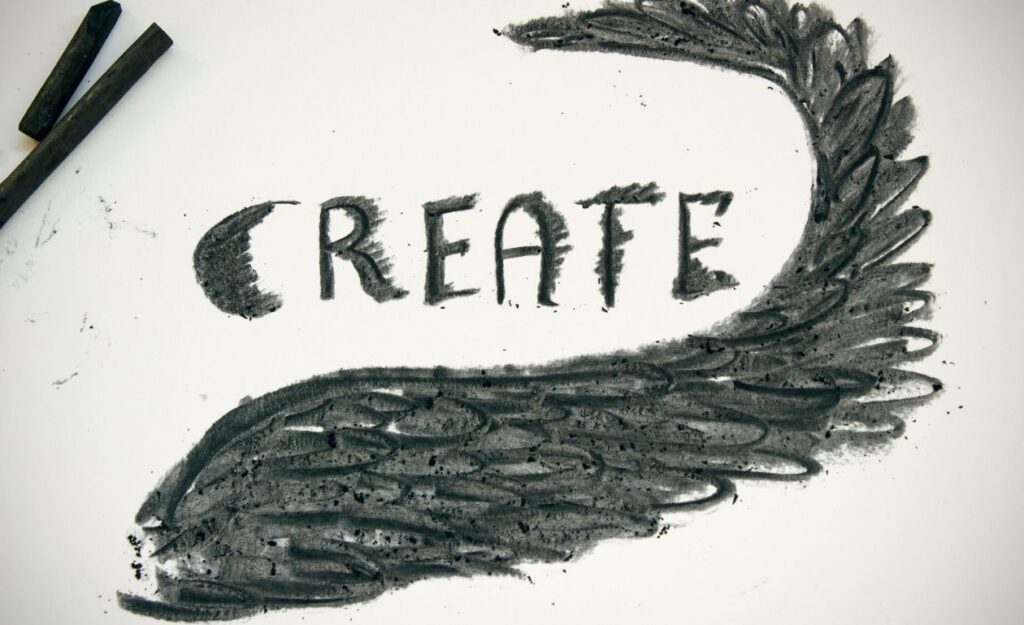Creating Academic Posters: Expert Tips & Tricks!

Creating Academic posters can be done by applying expert tips and tricks. Academic posters are unique in the educational world. You can present your research concisely and attractively with these visual presentations.
Whether you are a seasoned academic or a budding researcher, creating an impressive academic poster requires a strategic approach and a dash of creativity. We will explore essential expert tips and tricks to help you create outstanding academic posters that captivate your audience and effectively communicate your research message.

Preparing for Poster Creation
It is crucial to understand your target audience. Consider the knowledge level and interests of those who are viewing your poster. Tailor your content to suit their expectations and engage them effectively. Identify the core information and visuals supporting your research story and present it. Setting clear objectives for your poster will help you stay focused and ensure that every element contributes meaningfully to your overarching narrative.
Design and Layout
A well-thought-out design and layout can make a significant difference in the impact your academic poster creates. Begin by choosing an appropriate size and orientation that aligns with the event’s requirements. The most common poster sizes are (36×48) inches or (24×36) inches. But verify the specifications beforehand. Organize your content into sections, each with a clear heading, making it easy for viewers to navigate and understand your research flow.
Visual elements play a crucial role in the effectiveness of your poster. Utilize charts, graphs, images, and infographics to convey complex data in an easily digestible format. Well-designed visuals enhance the aesthetic appeal and aid in the comprehension and retention of information.
Crafting Engaging Content
The text on your academic poster should be concise, impactful, and easy to read. Start with a captivating title that provides a glimpse of your research’s essence. Use informative headings to guide the audience through your research process. Be mindful of the language you use, ensuring it is accessible to a broad audience. Highlight the key findings and conclusions, making them prominent to draw attention.
Presenting data and results can be challenging, but it is crucial for validating your research. Utilize graphs and charts that are relevant to your study and showcase the data. Avoid clutter and unnecessary information, focusing on the core aspects that support your research objectives. Ensure proper citations and references to establish the credibility of your work and enable interested viewers to explore further.
Design Elements and Tips
Design elements, such as color schemes and typography, can significantly influence how your poster is perceived. Select colors that complement your content and evoke the desired emotions. Avoid using too many colors. The audience might stop paying attention to your message. Maintain visual harmony throughout the poster.
Typography plays a vital role in readability. Use legible fonts that are easy to read even from a distance. Stick to a consistent font style and size to maintain coherence. Bold headings and subheadings create a visual hierarchy and guide the viewer’s eyes through the poster.
Maintain a balance between text and visuals. A cluttered poster can be overwhelming and may discourage viewers from engaging with your research. Emphasize the most critical points and let visuals complement the text where possible.
Expert Tips and Tricks
To make your academic poster stand out, consider incorporating the following expert tips and tricks:
- Create a Visually Stunning Poster: Begin with a striking header that catches the viewer’s attention. Use high-quality images and graphics that reinforce your research message.
- Tell a Story: Structure your poster in a storytelling format. Engage the audience with a clear introduction, build up the narrative with evidence and data, and conclude with compelling insights and conclusions.
- Practice Your Pitch: Prepare a concise pitch to accompany your poster. Be ready to explain your research to interested individuals and engage in discussions about your findings.
- Simplify Complex Concepts: Use visuals and concise language to break down complex concepts and data. Make your research accessible to a broader audience without sacrificing its integrity.
- Interactive Elements: Consider incorporating interactive elements, QR codes, or augmented reality to provide additional information or access to supplementary materials.
Printing and Presentation
Once you have crafted an impressive academic poster, it’s time to ensure it looks just as impressive in print. Choose a reliable printing service that can reproduce your poster with high-quality resolution and vibrant colors. Pay attention to details such as margins and alignment to avoid any printing mishaps.
Practice your poster presentation beforehand. Familiarize yourself with the content, and rehearse your speech to feel confident during the event. Make eye contact with your audience, and be open to questions and discussions about your research.
Wrap-Up:
Creating Academic posters is a rewarding endeavor that allows you to share your research and ideas with the academic community. Following these expert tips and tricks, you can design a captivating and visually appealing poster that effectively communicates your research findings. Remember to tailor your content to your audience, maintain a clean and balanced design, and practice your presentation.
Keep on Reading: What is Academic Writing?
